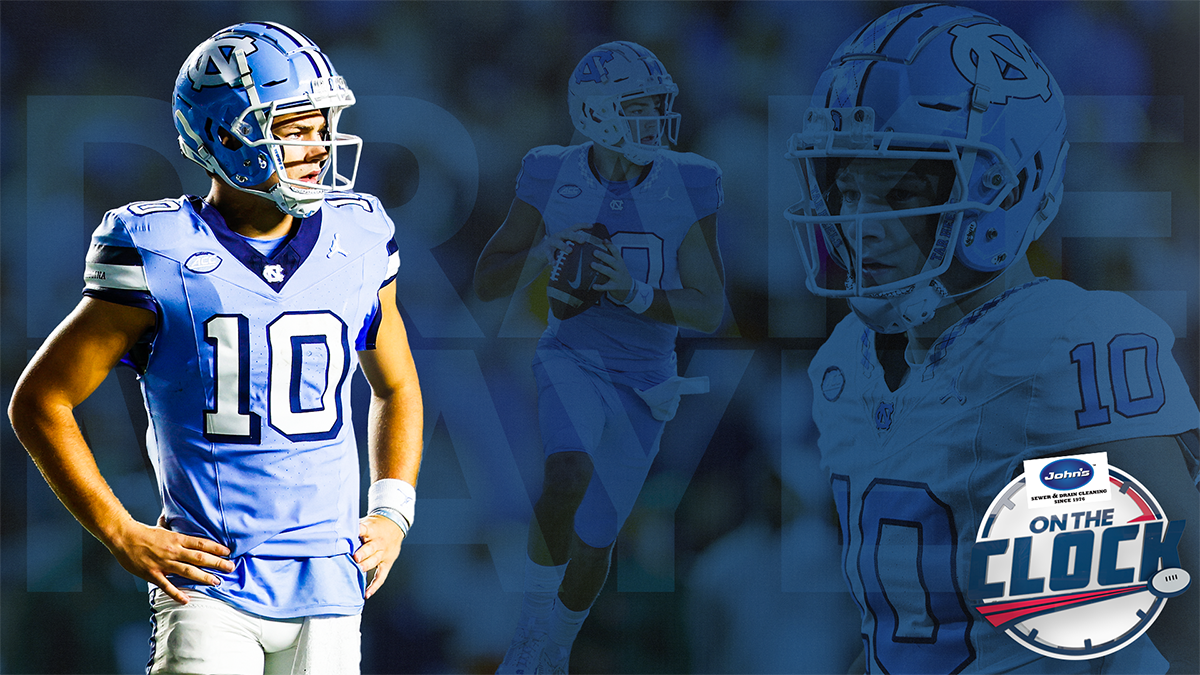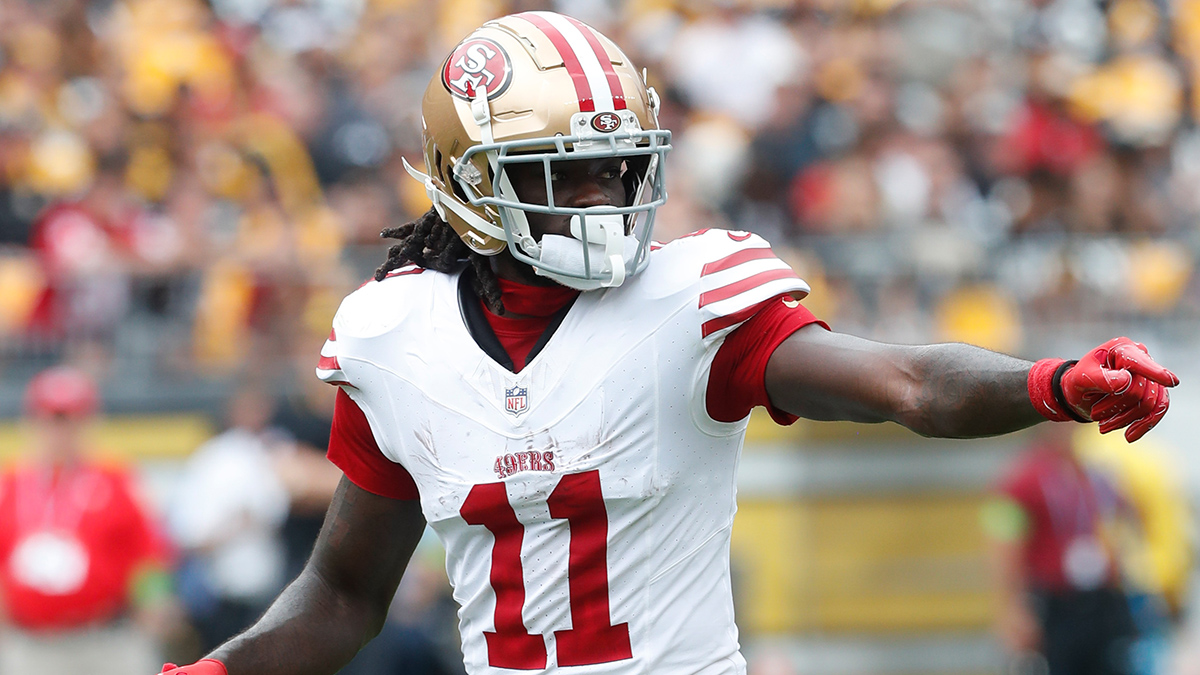NFL free agency starts in a little more than a week and when it does, we’ll immediately try to ID the winners and losers: Which player is going where? Who “got that bag”? Which teams are CLEARLY “all in” (insert eye roll) and which teams are just looking, thanks?
Economics will underpin all of it. Who can spend, who can’t, who’s in cap jail, who squirreled their money away wisely.
Eventually, conversation will circle back to the perception that the players are killing it during the early shopping spree.
When somebody gets that “He got WHAT?!?!” deal like Case Keenum did last year; when we’re all keeping tabs on Trent Brown and wondering if he’s worth a $70M deal, conversation won’t revolve around the overall financial health of the NFL. It will focus on whether such-and-such player is “worth it.”
More often than not, the prevailing opinion will be, “No.”
MORE PATRIOTS
The reason? The NFL salary cap has risen so quickly since 2012, the $15M per year player hasn’t yet been normalized.
New England Patriots
The players aren’t killing it. The league as a whole is killing it.
For at least the last three years, a torrent of stories telling us about the NFL’s ills have been gobbled up and digested as unassailable fact.
Shrinking TV ratings, persistent player safety issues, the ever-present distaste for owner opulence and the fact most local Elks Clubs have sharper leadership than the NFL offices have all combined to give the impression the league is like a diseased yak listing across the savannah.
It’s not.
Since 2012, the salary cap has risen from $120.6M to $188.2M this year.
In 2012, three players had base salaries of more than $14M in 2012 – Elvis Dumervil ($14M), Dwight Freeney ($14.035M) and Peyton Manning ($18M).
In 2019, there are 24 players on the books for $14M or more. The two players tied for 23rd? Tom Brady and Blake Bortles.
Players are getting paid more because their owners are making more.
Without getting into the whole damn CBA, here’s the quick-and-dirty passage that matters.
Beginning in 2012, salary cap to be set based on a combined share of “all revenue,” a new model differentiated by revenue source with no expense reductions. Players will receive 55 percent of national media revenue, 45 percent of NFL Ventures revenue, and 40 percent of local club revenue.
A couple of other details:
Players must get at least 47 percent of total revenue and no more than 48.5 percent.
Individual teams must spend at least 89 percent of their cap.
All 32 teams combined have to spend 95 percent of the combined cap (if they don’t, they have to pony up until they do).
The salary cap is spiraling upward because total revenue is spiraling upward. Which means that everyone – media, fans, coaches, GMs and owners – have to reconfigure what a good player should be making.
MORE PATRIOTS
The conversation about player “worth” as it relates to money of course isn’t isolated to new deals. Right now, with the league year looming and all teams needing to get in accordance with the cap and have room to shop, players who have fat cap numbers are being scrutinized.
Which is what got me going on this riff about the cap.
On Saturday, it was reported the Patriots would release tight end Dwayne Allen, freeing them up from the $7.3M cap hit he’d bring. That’s not a tough call. Allen played 32 percent of the team’s offensive snaps during the 2018 regular season – a little more than La’Adrian Waddle. Allen had three catches. He’s a fine role player but $7M of the cap is too much even if it is $188.2M. A release and possible restructure makes sense.
Meanwhile, on Friday it was reported that Donta Hightower hadn’t been approached by the team about his contract and was said to be unwilling to take a pay cut if he were approached. Correct answer by Hightower, I tweeted.
That stance got minor, minor pushback because the $11M was deemed “too much.”
Most people understand that Hightower is the defensive stabilizer that allows players like Kyle Van Noy to play as freely as Van Noy did in 2018. They also understand that, when it comes to seismic plays in big games, Hightower excels.
But any pushback, in my estimation, is too much and it’s rooted in the perception that an $11M cap hit is exorbitant. It isn’t.
In 2019, Hightower will have the 127th highest cap hit in the league ($10.98M). His base salary is tied for the 154th highest. His total contract value of $35.5M is the 161st most lucrative in the league.
The $10.98M hit represents 5.8 percent of the cap. By comparison, when Wes Welker was playing under the 2012 franchise tag, his $9M salary that year was 7.91 percent of the cap.
There will be 55 players with cap hits at $15M or above this season led by Drew Brees’ $33M. In 2012, there were nine led by Larry Fitzgerald’s $20M.
So when players are getting lopped off rosters or franchised this week or signed to eye-widening contracts next week, keep in mind the bottom line.
And the bottom line is that the owners win. The owners always win.
Click here to download the new MyTeams App by NBC Sports! Receive comprehensive coverage of your teams and stream the Celtics easily on your device.


